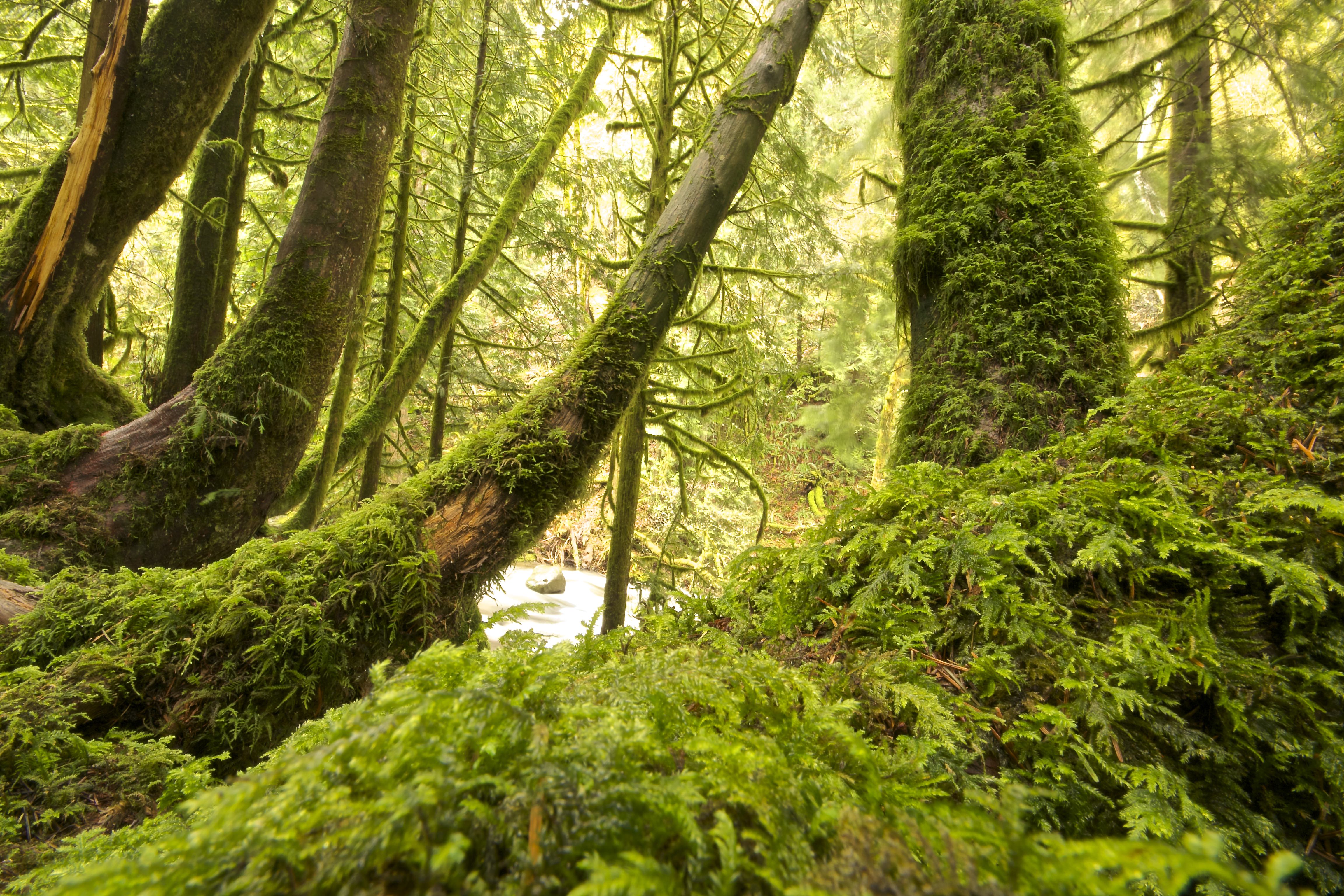Your students are already thinking about the environment. You’ve taught them about waste reduction and other sustainability issues, and your class likely has a green project underway. Good for you. But your students may need your help taking their green initiatives beyond the classroom.
Kids who learn early that their voices deserve to be heard in the world are more likely to work toward positive change later in life. Today’s technology and government processes make that easier than ever. Petitions are one of the best ways for kids to effect positive change.
A great example of this is a campaign started by students at Sun Valley Elementary School in San Raphael, California. These kids were concerned at the amount of waste generated by Crayola markers. They created a video and an online petition that has over 90,000 supporters. The company initially responded with a statement that they didn’t have the facilities to recycle their markers, but the kids persisted. Eventually, the company launched its Colorcycle program in which used markers are converted into clean fuel.
A fourth-grade class successfully petitioned Universal Studios. They wanted to see the website for the movie of The Lorax to reflect the environmental themes found in the book. Today, the homepage for the movie has a prominent link to tips for going green.
These are just two examples of the many success stories you can share with your students to inspire them to action. There is a Pinterest board dedicated to petitions by kids and teens, and the Youth Activism Project has compiled a list of success stories.
In the above examples, the students used online petitions, which have been growing in popularity. Online petitions, or e-petitions, have become so common that many governments have created formal e-petition processes.
The US government launched We the People, an e-petition section on the government site, in 2011. Canada launched a site for e-petitions in the fall of 2015.
We are sure that some of your students will enjoy learning about the Death Star petition. In November 2012, a petition was created requesting that the US government build a Death Star (the fictional weapon of mass destruction from Star Wars). The petition received enough signatures that the government was required to respond.
The Administration had some fun with it.
The official US government response to the Death Star petition was titled This Is Not The Response You Are Looking For and included the statement the “the Administration does not support blowing up planets” and the question “Why would we spend countless taxpayer dollars on a Death Star with a fundamental flaw that can be exploited by a one-man starship?”
Canada’s e-petition system has not seen this kind of dialogue, despite the fact that the Prime Minister is a known Star Wars fan.
The Death Star story is a great way to get kids interested in petitioning the government. And these sites provide real opportunities for your students to effect change and to engage with their government. Here is a breakdown of the rules for using each site.
We the People petition in the United States:
Requirements to create a petition:
- Need to set up a free account.
- Need to be 13 or older to create or sign a petition (no citizenship requirements)
 Your petition needs to fit in one of the preset categories
Your petition needs to fit in one of the preset categories
Once your petition has been posted:
- 150 supporters required for your petition to be searchable on Whitehouse.gov
- 100,000 supporters collected within 30 days for an official government response
- Responses are posted on the government website
Canada’s e-petition site:
Requirements to create a petition:
- Need to set up a free account
- Need to be a citizen of Canada (no age requirements)
- Need to identify 5 supporters
- Need a member of parliament to support your petition
Once your petition has been posted:
- 500 supporters required for the petition to be presented to parliament
- A record of the petition will be entered into in the government journals of the day
- The government will respond to the petition within 45 days via email.
In these rules, we see an opportunity for an exciting petition. What about asking the US government to remove the age restrictions on We The People? Young people are affected the most by government decisions. They will live with the consequences longer than any of the decision makers, and yet they don’t even have the right to vote. They should not have to wait until they are thirteen to have a voice.
If it were appropriate, we would start a petition, but businesses should not exploit opportunities designed for citizens. Instead, we will wait to see if any of our readers take up the challenge.
Whatever your cause, green or otherwise, imagine how proud your students would be to have their voices were heard by their national government. You only need 500 supporters (kids allowed) in Canada and 150 supporters in the US to give them a huge sense of accomplishment.
Want to learn more about kids taking action for a greener world? Check out the Orca Footprints series.

